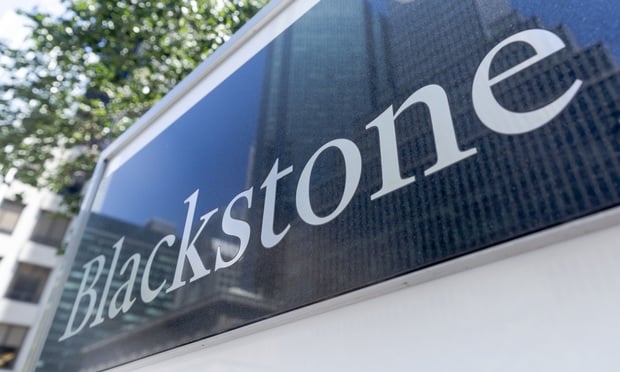➤➤ Join the GlobeSt.HEALTHCARE (formerly RealShare) conference December 3-4 in Scottsdale, AZ. The event will cover the industry's major issues as well as the prevailing and upcoming trends in regulations, space use, budgeting, and technology implementation. Through panel discussions and peer-to-peer networking opportunities, the attendees will gather expert insights on how these factors will affect the development, operation, investment and design of healthcare real estate. Click here to register and view the agenda.
CHARLOTTESVILLE—Healthcare is one of the fastest-growing sectors of the US economy, driven by the country's burgeoning and aging population. Not surprisingly, commercial real estate investors are highly attracted to the healthcare real estate niche and are ready to invest.
But overall growth is not the only reason why, says Ben Ochs, CEO of Anchor Health Properties. "While the niche sector is traditionally recession-resistant, healthcare facilities of investment quality are typically anchored by long-term leases with investment-grade health systems or dominant physician groups, and usually generate higher cash yields than other asset classes."
Recession-Resistant
As concerns loom about a coming economic downturn, investors know that healthcare real estate niche is traditionally recession-resistant. The sector benefits from triple-net leases and high tenant renewal probabilities associated with "sticky tenancy."
"The lower risk and stability of returns offered by the sector causes it to be viewed as a safe and attractive place to generate reliable, long-term returns," explains Ochs. "Further, its "safe status" is one of the factors driving record investor interests in recent years."
Recommended For You
Want to continue reading?
Become a Free ALM Digital Reader.
Once you are an ALM Digital Member, you’ll receive:
- Breaking commercial real estate news and analysis, on-site and via our newsletters and custom alerts
- Educational webcasts, white papers, and ebooks from industry thought leaders
- Critical coverage of the property casualty insurance and financial advisory markets on our other ALM sites, PropertyCasualty360 and ThinkAdvisor
Already have an account? Sign In Now
*May exclude premium content© 2025 ALM Global, LLC, All Rights Reserved. Request academic re-use from www.copyright.com. All other uses, submit a request to [email protected]. For more information visit Asset & Logo Licensing.









